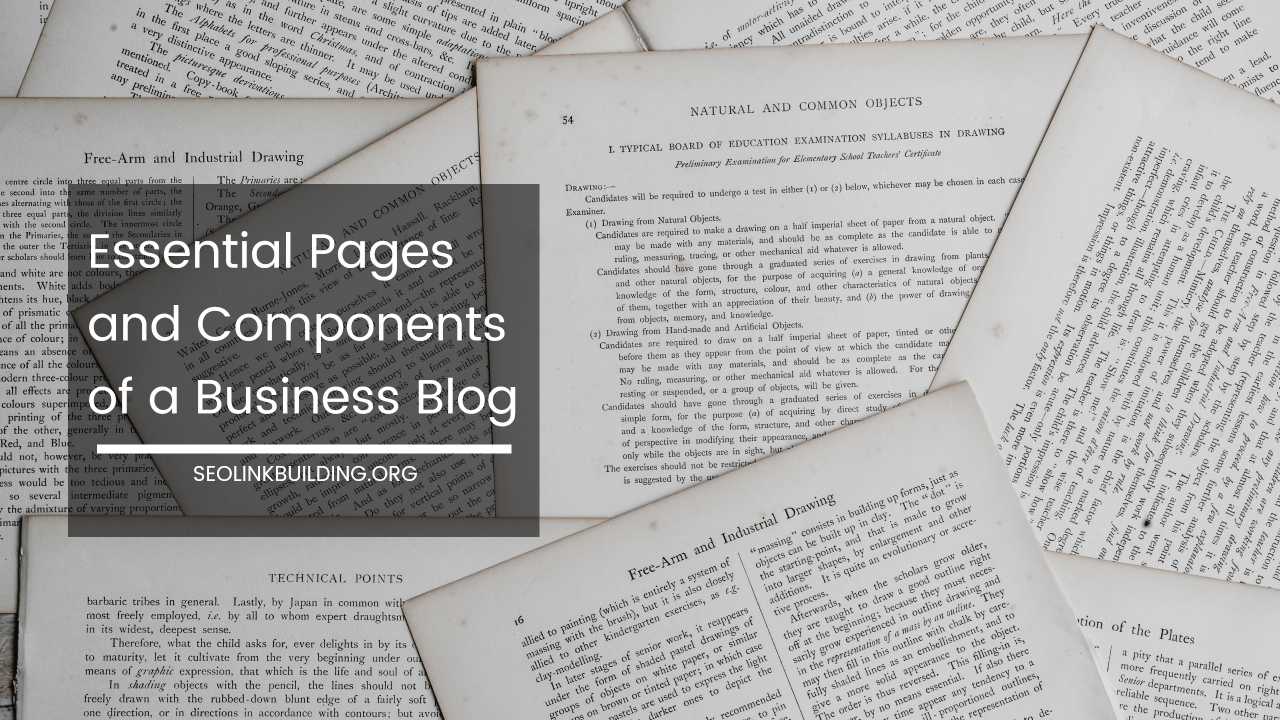How to Write Blog Posts

Blog Posts
In today’s digital age, sharing your ideas and passions with the world has never been easier. But with so much content out there, how do you make your voice heard?
The answer: captivating blog posts! Whether you’re a seasoned writer or just starting out, this guide will equip you with the tools and strategies to craft compelling content that informs, entertains, and engages your audience.
We’ll delve into the art of choosing captivating topics, structuring your writing for clarity, and keeping readers glued to the screen. Get ready to transform your blog into a vibrant hub of expression!
Beyond the Blogosphere: The Evolution of Content Consumption
Blogging has become a ubiquitous form of online expression. Traditionally, blog posts followed a linear format – introduction, body, and conclusion. However, the digital landscape has undergone a dramatic shift. Readers, accustomed to the rapid-fire pace of social media, crave easily digestible content.
The rise of mobile devices has further accentuated this trend. People are increasingly consuming information on the go, in stolen moments between commutes, meetings, and errands. Lengthy, text-heavy blog posts often get sidelined in favor of content that’s quick to scan and comprehend.
The Rise of the List Item Post: A Savior for Busy Readers
List item posts cater perfectly to this evolving consumption pattern. They present information in a structured, scannable format that’s visually appealing and easy to navigate. Here’s why list posts are becoming a go-to content strategy for bloggers:
- Enhanced Readability: Bullet points or numbered lists break down complex topics into bite-sized chunks, making them easier to digest and retain for readers.
- Visual Appeal: Lists provide a clear visual structure, guiding the reader’s eye through the content. This allows them to quickly identify key points and find the information they’re seeking.
- Improved Scannability: Busy readers can easily skim through a list, picking out salient points without having to invest time in in-depth reading. This is crucial for capturing attention and encouraging further engagement.
Beyond Readability: The Advantages of List Posts
While readability is a significant advantage, list posts offer a multitude of benefits for both creators and readers:
- Increased Engagement: The clear structure and concise format of list posts encourage interaction. Readers are more likely to comment on specific points, share interesting finds with friends, or bookmark the post for future reference.
- Improved SEO (Search Engine Optimization): List posts tend to rank higher in search engine results pages (SERPs) because they often incorporate relevant keywords naturally. This increases the visibility of your content and attracts a wider audience.
- Enhanced Social Sharing: List posts are inherently shareable. Their concise nature and eye-catching format make them ideal for social media platforms like Twitter, Pinterest, and Facebook.
- Boosted Writing Efficiency: List posts can help bloggers streamline their writing process. The structured format allows for a more focused approach, making it easier to organize thoughts and ideas.
- Content Versatility: List posts can be adapted to various content formats beyond blog posts. They can be repurposed into social media snippets, infographics, video scripts, or even email newsletters.
Crafting Compelling List Posts: A Step-by-Step Guide
Ready to harness the power of list posts? Here’s a step-by-step guide to help you create engaging and effective content:
- Choose a Specific Topic: Target a well-defined topic that can be broken down into actionable steps, helpful tips, or interesting facts. The key is to ensure your list offers valuable insights to your target audience. Conduct keyword research to identify topics with high search volume and low competition.
- Develop a Catchy Title: Craft a title that accurately reflects your list’s content while piquing reader interest. Use strong verbs, numbers, and keywords to entice viewers to click. Consider using a question format or including a benefit to grab attention (e.g., “5 Hacks to Boost Your Blog Traffic in One Week” or “10 Must-Have Travel Apps That Will Save You Time and Money”).
- Structure Your List: Decide whether bullets or numbered points are more appropriate for your content. Numbered lists are ideal for sequential steps or chronological order (e.g., “7 Steps to Building a Successful Online Course”), while bullets work well for non-sequential items with equal importance (e.g., “10 Essential Ingredients for a Perfect Summer Picnic”).
- Focus on Clarity and Concision: Keep each list item focused on a single idea, expressed in clear and concise language. Aim for bite-sized pieces of information that are easy to understand and remember. Strive for an optimal list length – too few items might leave readers wanting more, while too many can overwhelm them. A good rule of thumb is to aim for a list length between 5 and 10 items. This provides enough substance to be informative without sacrificing scannability.
- Incorporate Powerful Verbs: Use strong verbs to make your list items engaging and action-oriented. This will keep your readers hooked and encourage them to implement the ideas you’ve presented. (e.g., “Master the Art of Public Speaking in 4 Easy Steps” or “Boost Your Energy Levels with These 7 Natural Habits”).
- Incorporate Visuals: Images, infographics, and even GIFs can significantly enhance your list post’s visual appeal. Strategic use of visuals can further break down complex ideas, illustrate key points, and make your content more memorable. Consider using high-quality, royalty-free images that complement your list items.
- Optimize for Sharing: Integrate social sharing buttons so readers can easily share your list with their networks. Encourage interaction by prompting comments and questions at the end of your post. You can also tailor your list to be particularly shareable on specific platforms. For example, a list of “15 Breathtaking Waterfall Hikes Around the World” might be ideal for Pinterest, while a list of “7 Hilarious Dog Breeds Guaranteed to Make You Smile” could be a hit on Facebook.
- Promote Your Work: Don’t just publish and pray! Actively promote your list post on social media, relevant online communities, and through email marketing campaigns. Consider collaborating with other bloggers or influencers in your niche to cross-promote content and reach a wider audience.
Beyond the Basics: Advanced Techniques for Powerful List Posts
While the core principles remain the same, there are additional strategies you can employ to elevate your list posts and maximize their impact:
- Weave in Storytelling: People connect with stories. Infuse your list with relatable anecdotes, personal experiences, or case studies to make your content more engaging and memorable.
- Data and Statistics: Facts and figures can add credibility and authority to your list. Back up your claims with relevant data or statistics to strengthen your arguments and establish yourself as a knowledgeable source.
- Internal Linking: List posts are a great opportunity to link to other relevant content on your website. This can improve user experience, encourage further exploration, and boost SEO.
- Call to Action: Don’t leave your readers hanging! Include a clear call to action at the end of your list, prompting them to take the next step. This could be anything from subscribing to your email list to downloading a free resource or leaving a comment.
Examples of Effective List Posts Across Industries
List posts can be successfully applied to a wide range of topics and industries. Here are a few examples:
- Food & Travel: “10 Must-Try Street Foods in Bangkok” or “5 Day Trips from Rome That Won’t Break the Bank”
- Business & Marketing: “7 Proven Strategies to Increase Your Email Open Rates” or “20 Essential Tools to Boost Your Social Media Marketing”
- Technology: “The 10 Best Productivity Apps for Busy Professionals” or “5 Ways to Keep Your Data Safe Online”
- Lifestyle & Wellness: “12 Habits for a Healthier and Happier You” or “7 Creative Ways to Beat the Winter Blues”
By following these tips and incorporating these strategies, you can craft compelling list posts that capture reader attention, improve engagement, and achieve your content marketing goals.
Remember, the key lies in choosing the right topics, structuring your content effectively, and providing valuable insights that resonate with your target audience.
In the age of short attention spans, list posts offer a powerful tool to cut through the noise and deliver your message in a clear, concise, and engaging way.













